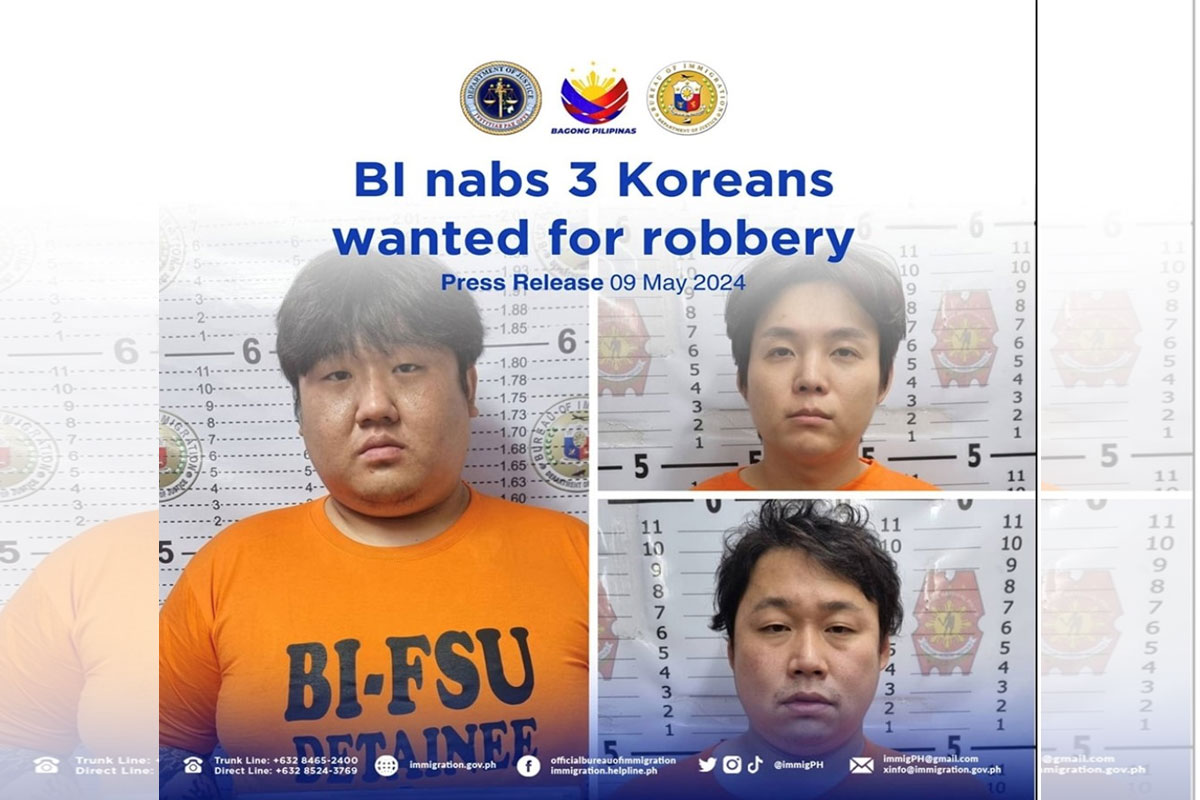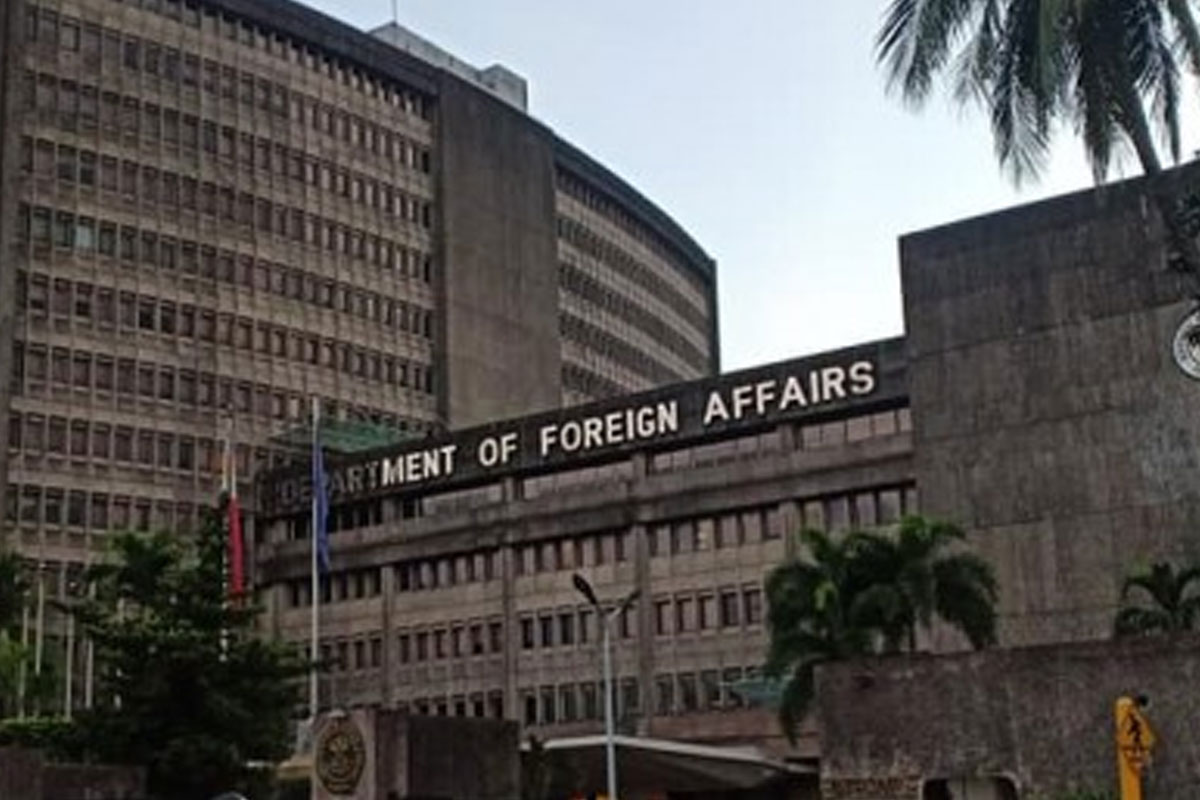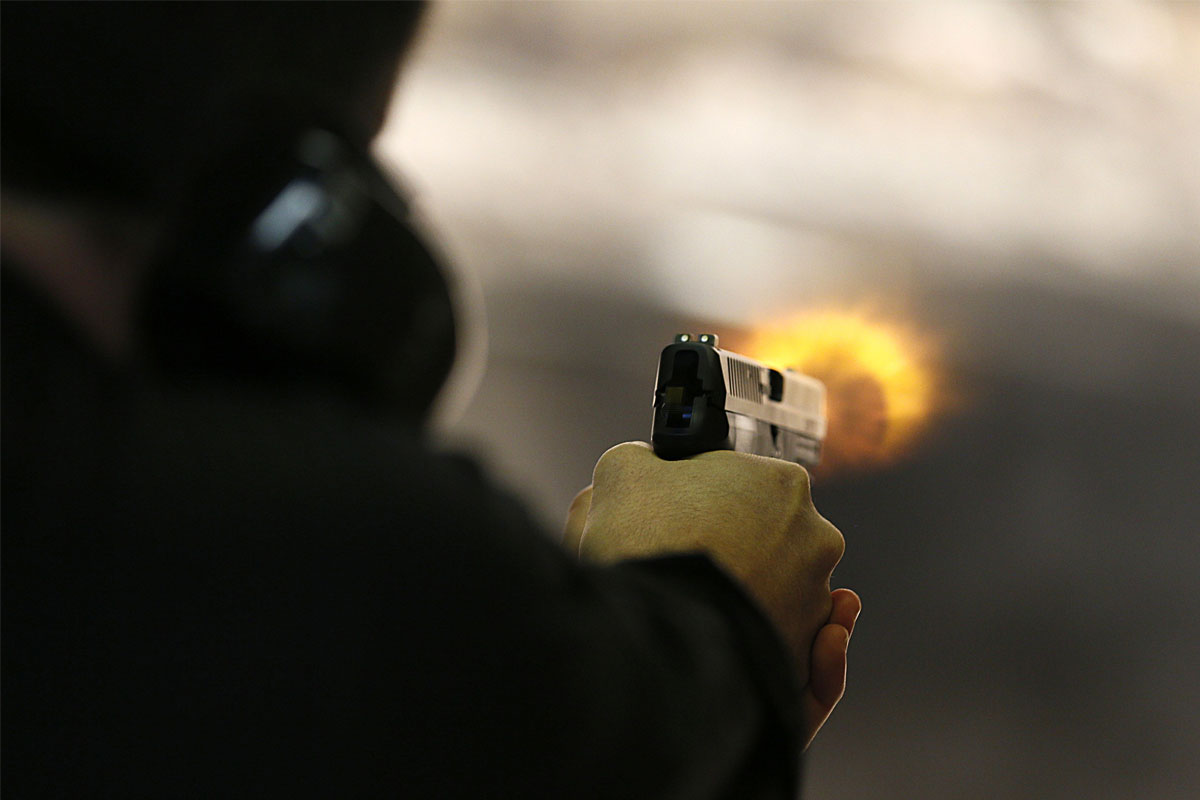
Barbers slams snail-paced rollout of national IDs
A SENIOR lawmaker from Mindanao Thursday denounced the snail-paced rollout of the Philippine Identification System (PhilSys) or the national ID amidst complaints that it had been rendered useless because it is generally not being accepted as proof of identity due to the bearer’s lack of signature.
Surigao del Norte Rep. Robert Ace Barbers, chairman of the House Committee on Dangerous Drugs and one of the principal authors of Republic Act 11055 or the PhilSys, said it has been six years since the PhilSys was enacted into law but many people who applied for it have yet to receive their IDs.
“It’s been almost six years since the National ID was enacted into law and I was one of those lawmakers who first filled in the PSA forms to have one. I’ve all but given up on waiting for my national ID. Parang nagkalimutan na ata,” he said.
Barber said he is also getting complaints that the supposed National ID is not being accepted as proof of identity to its owner.
“Without a specimen signature on it, the Philippine National ID has apparently been rendered useless as a proof of identity for its owner because it does not bear the holder’s signature,” he said.
While there are penalties for those who will not honor the national ID as a valid proof of identity, the solon from Surigao del Norte pointed out that the “simple inconvenience of a missing signature – as against those that can be found in passports, driver’s licenses or other valid IDs – makes the national ID an inferior form of proof of identity.”
“And with the absence of that signature, we really cannot blame those who require more valid forms of identification,” he said. “As a result, PhilSys bearers have had to also present their passports or driver’s licenses as proof of identity in complying with most business or government requirements.
Under RA 11055, which was signed into law on August 8, 2018, the PhilSys national ID shall serve as a valid proof of identity that can be used to transact business with the government and the private sector.
Barbers also noted that, in several national IDs shown to him, the registration number indicated was actually not the “randomly-generated 12-digit permanent identification number that is assigned to every citizen or resident alien upon registration to PhilSys”.
“If you examine the card that has been issued, what you find is a set of 16 numbers situated above the bearer’s photograph. Where is the Philsys number?” Barbers asked.
As such, Barbers said he was going to seek a clarification from the PSA, which is the agency handling the rollout of the Philippine Identification System, in the absence of the signatures and the 12-digit permanent identification numbers from the IDs being issued.
Also, the senior lawmakers said he would be asking PSA about an update on the actual registration and distribution numbers with regard to the national IDs.
In a press statement issued in July 2022, the PSA announced it aims to issue a total of 50 million PhilSys ID by end of 2022. But there appears to be no update or data available on its compliance.
“A national ID means all Filipinos should have these IDs. But where are we now with regard to the rollout of this system? Because our people are now asking, where did all those billions of pesos go to fund this project?” Barbers said.
















